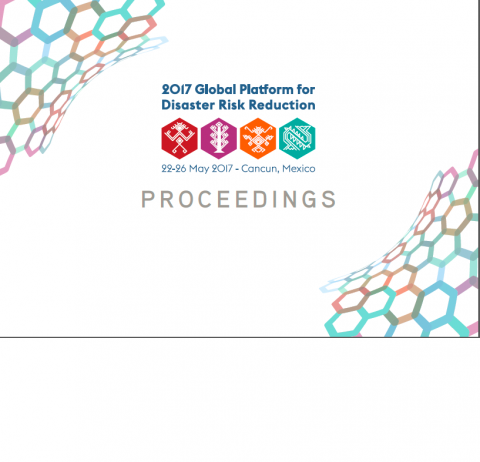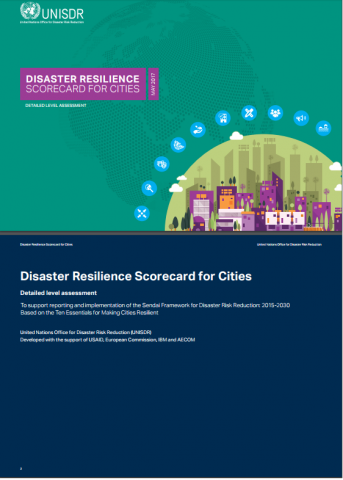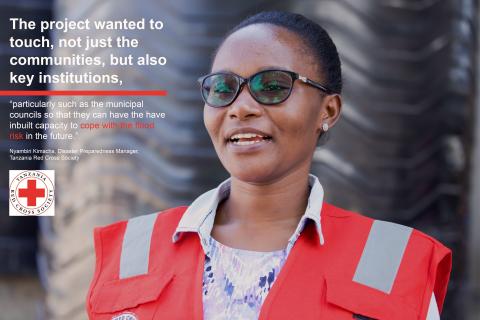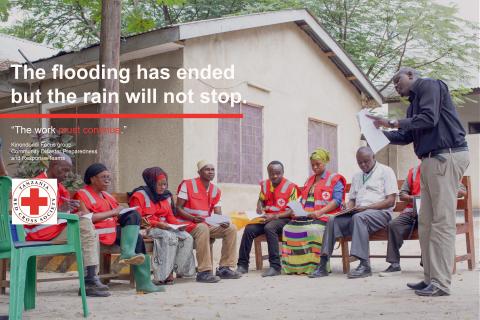RCRC Urban Collaboration Platform
Background: Increasing numbers of the globe’s poor and vulnerable peoples are to be found in urban environments facing a complex web of risk and vulnerabilities. Along with the government, international development and humanitarian agencies and civic society organizations, the Red Cross/Red Crescent (RCRC) family is progressively engaged in addressing urban risk, and building resilience in […]
RCRC Urban Collaboration Platform Read More »




